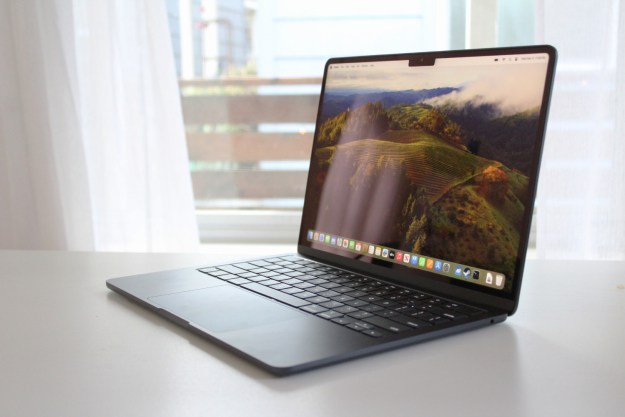
Apple is expected to reveal new products in September including an entry-level 13-inch MacBook based on Intel’s seventh-generation processors. Industry sources claim that Apple originally intended this MacBook to rely on Intel’s upcoming 10nm “Cannon Lake” processors for a late 2017 release, but Intel delayed mass production of these chips until the end of 2019. Apple thus reconfigured this “affordable” MacBook to work with Intel’s current processors.
Originally, we presumed Apple would introduce new MacBooks during its developer conference in June, but that never happened. Instead, Apple merely refreshed its 13- and 15-inch MacBook Pro with Touch Bar units without any fanfare. The changes weren’t significant enough for a full-blown on-stage presentation, but sources now point to an entry-level MacBook with a $1,200 starting price hitting the stage next month.
The current status of the next MacBook Air is … up in the air. The thin-and-light laptop was supposedly set to enter production in the second quarter of 2018, but the company reportedly had to make changes due to a problem with a “key component.” That very component was likely a 10nm “Cannon Lake” chip that’s currently not scheduled to appear until the end of 2019.
That said, a new MacBook Air may still arrive in late 2018 despite naysayers citing its death. It would be part of Apple’s assault on the entry-level market, arriving with a starting price of $800 while the 13-inch MacBook would be a step up with a $1,200 starting price. It will likely replace the current 13-inch MacBook without the Touch Bar with a starting price of $1,300.
If tablets are your cup of tea, Apple will supposedly introduce two new models next month. First, the third-generation iPad Pro will take notes from Apple’s iPhone X to sport an edge-to-edge design and a narrow, thinner body. The other iPad Pro will replace the 10.5-inch model currently on the market with a larger 11-inch screen. Both will reportedly ship with a new 18-watt USB-C power adapter so you’re not waiting forever for the Pro’s battery to recharge.
Apple’s plans for the 9.7-inch iPad and the 7.9-inch iPad Mini are unknown for now. Both will still be made available when the newer iPad Pros hit the market later this year, but sources tell DigiTimes that Apple has no plans to further continue the iPad Mini family (currently at Gen 4). Apple refreshed its 9.7-inch iPad in March packing the company’s A10 Fusion chip and support for the Apple Pencil, so don’t expect anything new on that front in September either.
Of course, we can’t spin the Apple rumor mill without talking about phones. The company is expected to reveal three new iPhones, one of which will be the iPhone X Plus with an edge-to-edge 6.5-inch display. The other two phones will consist of a 5.8-inch OLED screen (will it be called the iPhone 9?) and a 6.1-inch LCD display (iPhone XS, perhaps?), the latter of which will be sold at an affordable price.
Finally, Apple may introduce its AirPower wireless charger for a 2018 availability, at last. Sources tell DigiTimes that the price will be somewhere between $161 and $193.
Editors' Recommendations
- Apple has backed itself into a corner
- These 6 tweaks take MacBooks from great to nearly perfect
- The biggest threat to the MacBook this year might come from Apple itself
- Why you should buy a MacBook Pro instead of a MacBook Air
- Which color MacBook should you buy? Here’s how to pick


